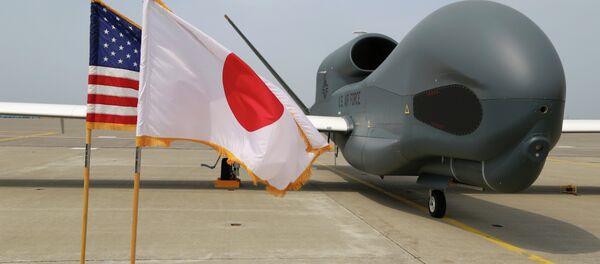"It's a 7-Eleven underwater," for robots, programmer manager Mike Wardlaw, of the Navy's Forward-Deployed Energy & Communications Outpost (FDECO), told Breaking Defense.
The pods will allow the unmanned underwater vehicles (UUVs) to dock, recharge, upload data and download new orders before shoving off again.
FDECO will be designed to overcome the two main limitations on UUVs: power and communications.
Full-sized submarines are powered by diesel engines or nuclear reactors, but robotic mini-subs rely on batteries, which carry much less energy density, or pound-for-pound power. So while a larger battery makes a UUV more powerful, it also makes it more expensive and easier to detect.
"How would you design a car to drive all the way across the country?" Wardlaw asked. "You can design (a) car that has a tanker behind it, and it's carrying all the fuel that it needs, or you can put some gas stations along the way. What I'm doing is, I'm creating the 7-Elevens or the gas stations along the way."
As for communications, former Navy undersecretary Bob Martinage explained to Breaking Defense: The UUV uses a short-range, high-bandwidth method to upload all its data to the FDECO while recharging. Then the FDECO transmits the data over a long-range, low-bandwidth method.
The technology could transmit data "several hundred miles," said Navy submariner Bryan Clark, much farther than could be done with just fiber optic cable on the sea floor.
FDECO would be most useful in the Pacific, particularly in the South China Sea, where China has repeatedly challenged US surveillance planes traveling in airspace near man-made islands Beijing is building.
Furthermore, unmanned systems do not have crew to capture. UUVs are also smaller and more difficult to detect than manned submarines, so the adversary is less likely to find them in the first place.
Said Paul Scharre, of the 20YY Warfare Initiative at the Center for a New American Security: "You could keep this continuous swarm of UUVs wherever you wanted to put them … basically indefinitely, as long as you're rotating (some) out periodically for mechanical issues."
"If you had the ability for them to go out, perform a short reconnaissance mission – say several days – and come back, dock, recharge, transmit that data, and then get issued new orders and go back out, that would be a pretty powerful capability."
As for a timeline, the FDECO program technically has not even started, and will not start until fiscal year 2016.







